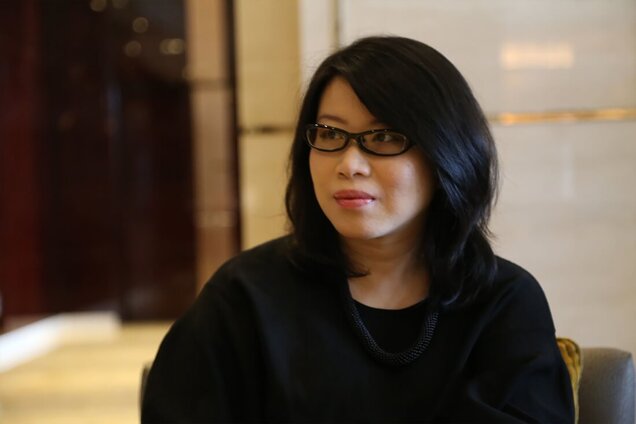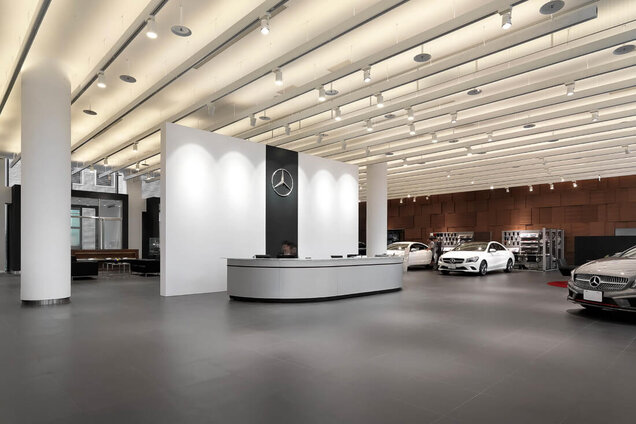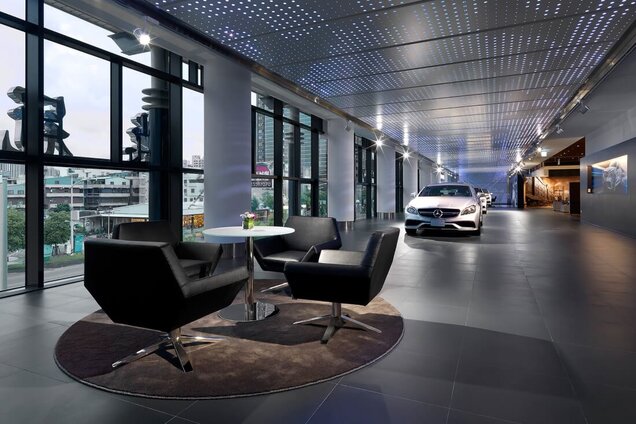Lighting Design, starting from education

DIALux is used by lighting designers all over the world. We are always happy to talk to our users and learn about their projects. This time we had the opportunity to interview I Jane Lo from Taiwan. She is the Design Director of IJL Lighting Design, as well as a PhD candidate in Architecture at Taiwan University of Science and Technology, focusing on smart interactive lighting design. Also she is a lecturer in Chung Hua University and Tongji University. Today she shares her DIALux experiences and the lighting trends in Asia with us.

When did you start using DIALux for your lighting projects? What are the features that you find useful?
I have been using DIALux since I graduated school to do light planning. As majoring in architecture and urban planning, studying interior design in graduate school, researching interactive smart lighting afterwards, DIALux has always been a component in my career. I especially like DIALux’s visualization, simulation and professional calculation. Also as it is a free software for designers, easily to learn and get started with, I am happy to promote it to my students.
What are the types of projects you work on? Is there a project that you could share with us?
Actually I have conducted various types of projects, ranges from public, commercial, religious, private to landscape lighting design, various and abundant. I would like to share the project of Mercedes - Benz Showroom in Kaohsiung, this project was awarded with the Golden Pin Design Award and Lighting Annual Award.

There are three different light scenes, ‘Business Hours during the day, “Business Hours at night” and “None-Business Hours”. During the day I try to show the interaction between daylight and artificial light; during the night, I used some cool colors to show the trendy, hi-tech atmosphere; and when it comes to none-business hours, it is a brand that draws passengers’ attention and becomes the light of the city.
What are the lighting trends you see in Asia?
From the earliest tungsten filament bulbs used simply for lighting, to the fluorescent lamps that were commonly used in the office, to the mainstream LEDs today; from the invention of light bulb up to now, within such short period of time there are so many changes. Additionally color temperature, RGB, beam angle…etc. can all be adjusted, but what’s next?
Basically, everyday life has been covered by LEDs. Where do we go next? I believe that the lighting industry will move towards sustainable developments and sustainable lighting. When a country develops to a certain extent, people will realize the importance of sustainable developments, so sustainable lighting will be a very important topic. The question will be: How to choose luminaires that consume less energy than others, and take the important factor of daylight into consideration when planning. But also IoT will become more important, to create a smart home, smart building and make lighting design more interactive.
Would you like to share with us your experiences in promoting lighting design?
As the person in charge of a top lighting design office, and a teacher who has been engaged in front-line lighting design education for a long time, I hope to transfer my professionalism and aesthetic qualities to students via education, making lighting design rooted in their hearts. Also I teach students to use DIALux, which is easy to learn and realize their design concept. In Taiwan however, there is no Department of Lighting Design in universities, and I would be more than glad to set up one in graduate school and lead the department. After all education is the foundation of everything, if people do not acquire such knowledge at school, how would it be valued in the future? Nevertheless I will keep up making contribution to Taiwan’s lighting design education.
Do you like I Jane Lo’s projects? More projects can be seen here: http://www.ijl-lighting.com